[joli-toc]
In the realm of building safety, fire rated doors are not merely components; they are essential safeguards that play a pivotal role in protecting lives and property. These specialized doors are designed to withstand fire for a specified period, effectively slowing the spread of both flames and smoke and providing crucial time for evacuation and emergency response.
The Role of Fire Rated Doors in Enhancing Building Safety
Fire rated doors serve a dual purpose: they contain fire to its origin, preventing it from spreading to other parts of the building, and they safeguard evacuation routes, allowing occupants to exit safely. By maintaining the integrity of exit routes and compartmentalizing fire, these doors significantly contribute to the overall safety and security of buildings, making them indispensable in modern architecture.
Compartmentalization: A Key Strategy in Fire Safety
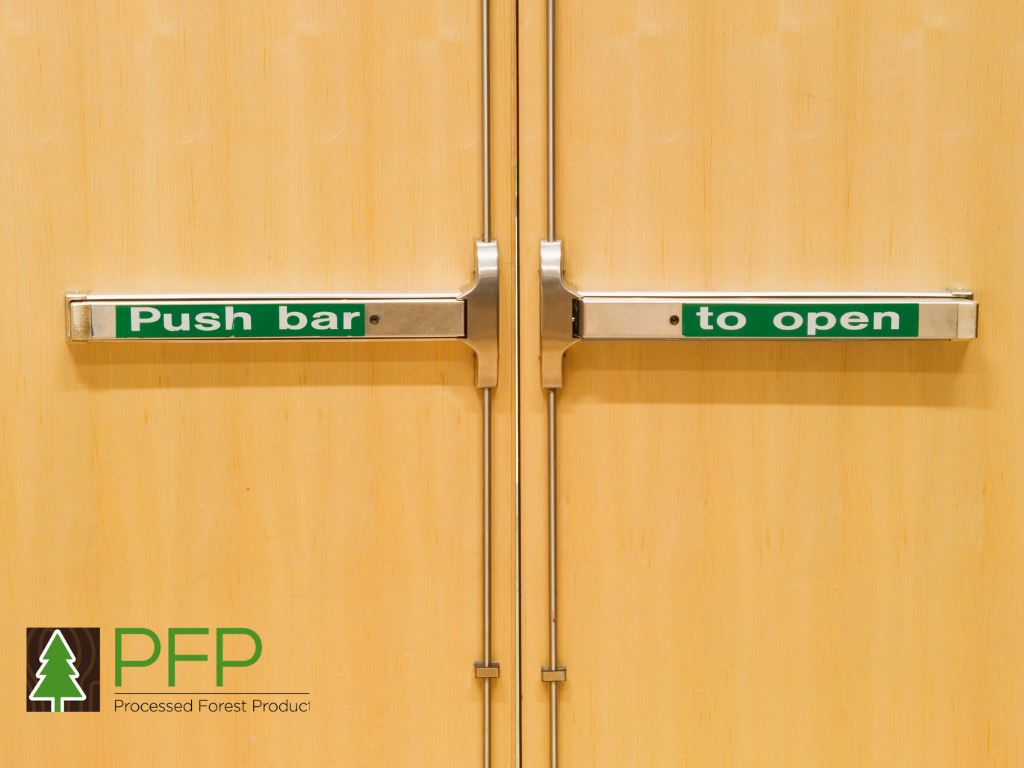
Compartmentalization stands as a foundational principle in fire safety, aiming to divide a building into smaller sections or “compartments” to limit the spread of fire and smoke. This strategy is critical in managing fire incidents and minimizing their impact.
Understanding Compartmentalization
Compartmentalization involves the strategic use of fire-resistant barriers—such as walls, floors, and doors—to create sealed areas that can contain a fire at its source. This approach not only helps in protecting the structure and assets but also ensures that occupants have safe passages for evacuation.
Fire Rated Doors as Essential Components
Within the compartmentalization strategy, fire rated doors play a crucial role. They act as the mobile components of the fire-resistant barriers, allowing for necessary movement and access within the building while still providing a critical line of defense against the spread of fire and smoke. Their correct specification, installation, and maintenance are vital for the efficacy of compartmentalization efforts.
Legal Requirements and Building Codes
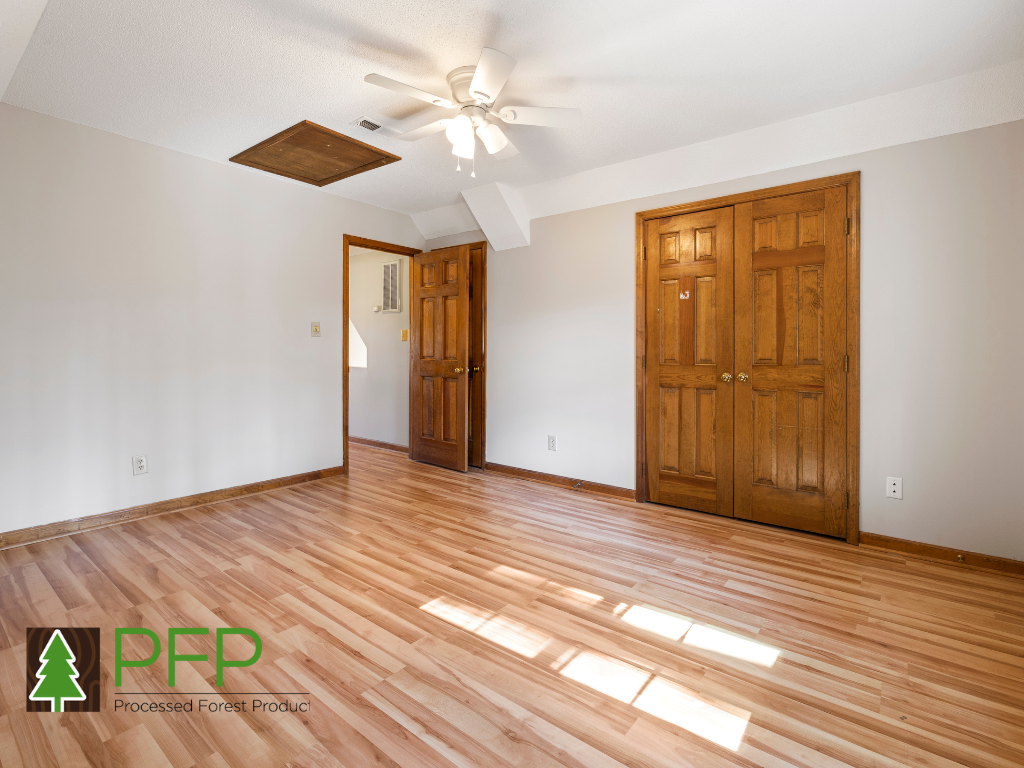
The installation of fire rated doors is not left to discretion; it is a requirement enshrined in building codes and regulations, emphasizing their importance in public and private structures.
Navigating Building Codes and Standards
Building codes and standards vary by region but universally include provisions for fire rated doors in both new constructions and renovations of commercial and residential buildings. These regulations specify the minimum fire-resistance rating required for doors in different parts of a building, determined by the building’s use, size, and layout.
Compliance and Penalties
Compliance with these regulations is monitored through building inspections, and failure to meet the required standards can result in significant penalties, including fines and mandatory remediation. More critically, non-compliance can compromise the safety of building occupants, potentially leading to tragic outcomes in the event of a fire.
The Impact of Fire Rated Doors on Evacuation and Rescue Operations
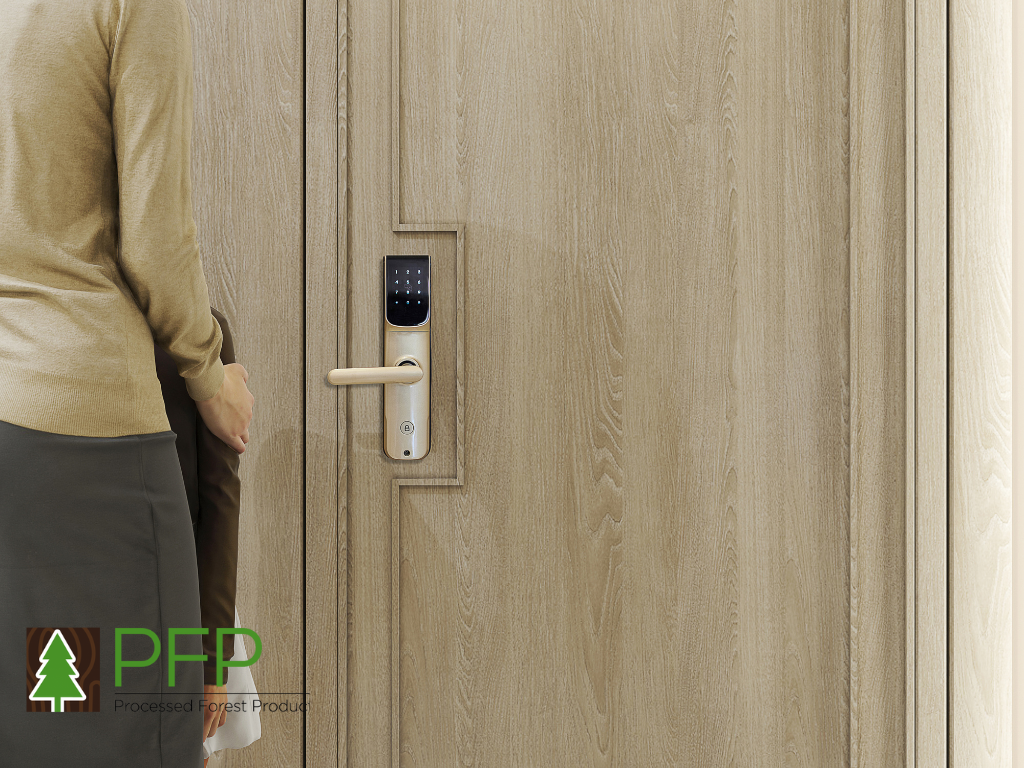
Fire rated doors are not only essential in containing fires but also play a crucial role in ensuring the safety of occupants and rescue teams during emergencies.
Facilitating Safe Evacuation
During a fire emergency, the primary concern is the safe and orderly evacuation of building occupants. Fire rated doors significantly contribute to this process by:
- Maintaining the Integrity of Escape Routes: By holding back flames and smoke, these doors ensure that escape routes remain clear and navigable.
- Providing Critical Time: The resistance of fire rated doors against fire provides additional time for occupants to evacuate safely before escape routes become hazardous.
- Directing Traffic Flow: Strategically placed fire rated doors can help direct occupants towards safer evacuation routes, away from the fire’s origin.
Aiding Rescue Operations
For firefighting and rescue teams, fire rated doors offer several advantages:
- Creating Safe Zones: By compartmentalizing the building, these doors help create areas that can serve as temporary safe zones for rescue operations.
- Preventing Rapid Fire Spread: By containing the fire, fire rated doors give rescue teams more time to safely reach and evacuate individuals, especially those who may be trapped or unable to evacuate on their own.
- Enhancing Communication and Coordination: The containment provided by fire rated doors allows for better communication and coordination among rescue teams, facilitating more effective firefighting efforts.
Integration with Fire Safety Systems
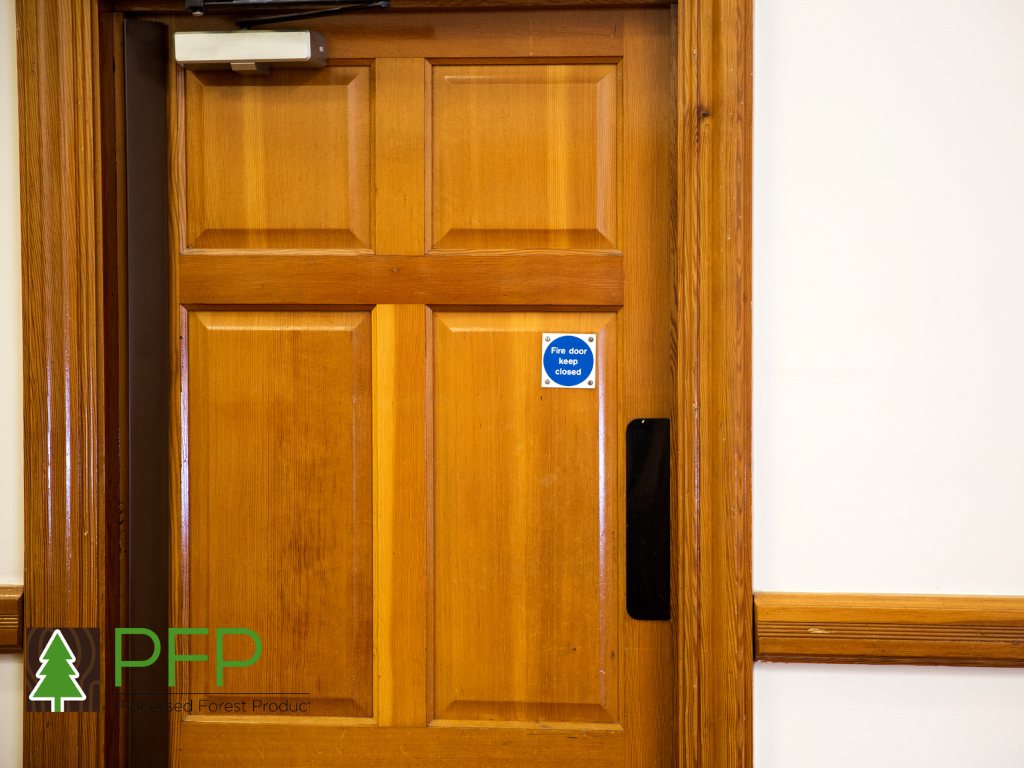
The effectiveness of fire rated doors is significantly enhanced when they are integrated with a building’s broader fire safety systems.
Synergy with Alarm and Suppression Systems
Fire rated doors work in tandem with fire alarm and suppression systems to provide a comprehensive safety solution:
- Automatic Activation: Many fire rated doors are designed to automatically close upon the activation of fire alarms, ensuring that they are in place and effective when needed most.
- Complementary Functions: While suppression systems work to extinguish the fire, fire rated doors contain it, preventing its spread and minimizing damage and risk to occupants.
Automated Systems and Fire Rated Doors
The advent of smart building technologies has led to the integration of fire rated doors with automated systems, offering enhanced safety features:
- Automated Closing and Locking: Advanced systems can automatically close and lock fire rated doors in response to fire alarms, further securing the building against the spread of fire and smoke.
- Remote Monitoring and Control: Facility managers can monitor the status of fire rated doors and control them remotely, ensuring that all doors are functioning correctly and are in the proper position during an emergency.
Installation Considerations for Optimal Performance
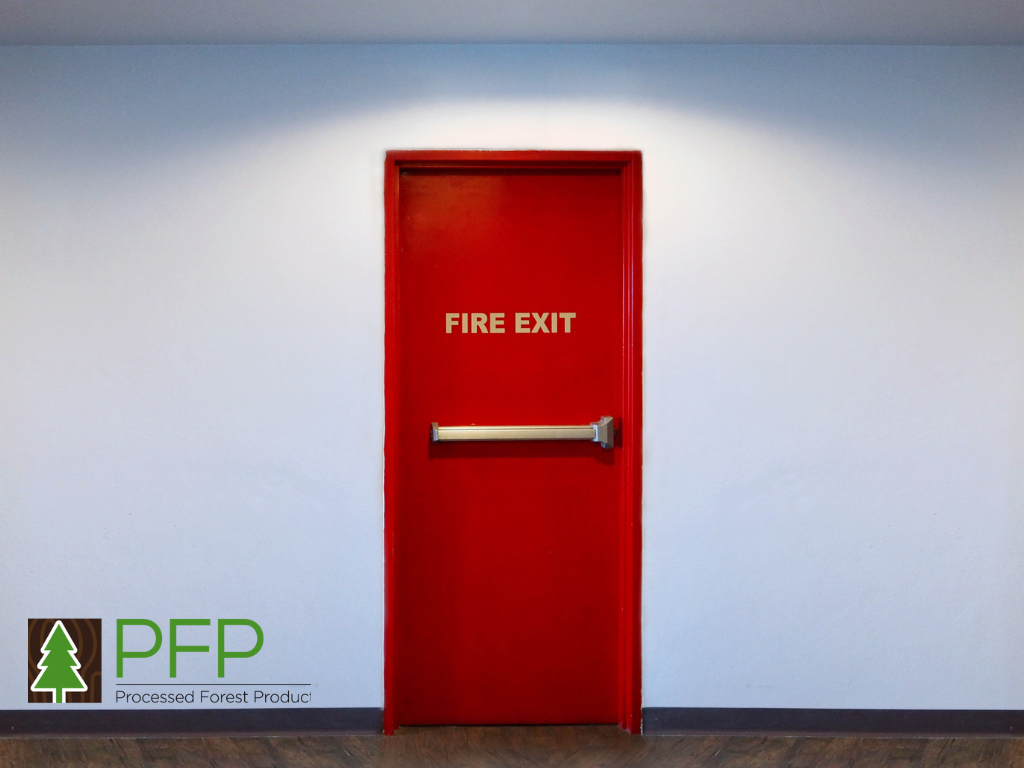
Proper installation is crucial for the functionality of fire rated doors. Ensuring these doors perform as designed requires adherence to specific installation guidelines and standards.
Professional Installation Requirements
The installation of fire rated doors is not a task for amateurs. It necessitates:
- Certified Installers: Only professionals with certifications and experience in installing fire rated doors should be entrusted with the task. This ensures the doors function correctly in the event of a fire.
- Adherence to Manufacturer Instructions: Fire rated doors come with specific manufacturer instructions that must be followed meticulously to guarantee their integrity and performance.
Common Installation Mistakes to Avoid
Several common installation mistakes can compromise the efficacy of fire rated doors, including:
- Incorrect Fitting: Doors that are not properly fitted can fail to provide the necessary seal against smoke and fire.
- Improper Hardware Use: Using non-compliant or incompatible hardware can significantly reduce the effectiveness of fire rated doors.
- Sealant Errors: Incorrect application of sealants or failure to use them can lead to gaps that allow smoke and fire to pass through.
Regular Inspection and Maintenance
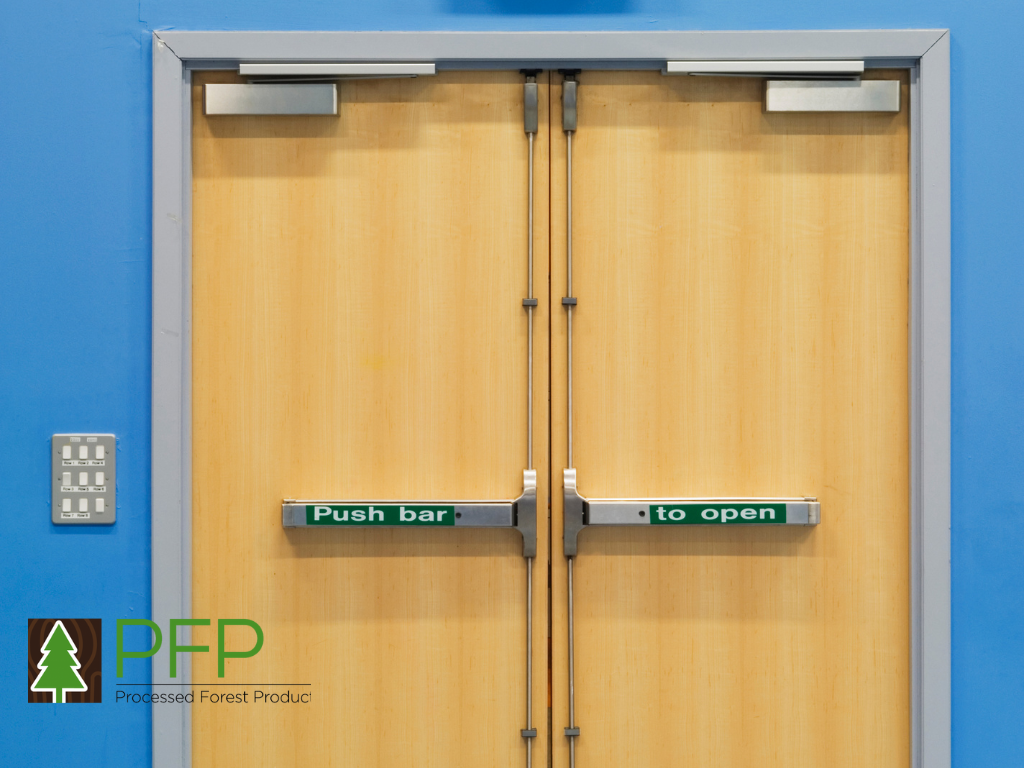
To maintain their functionality, fire rated doors require ongoing inspection and maintenance, ensuring they remain in optimal condition and continue to provide the necessary protection.
Maintenance Schedule for Fire Rated Doors
A structured maintenance and inspection schedule should include:
- Monthly Checks: Visual inspections for obvious signs of damage or wear and operational tests to ensure doors close correctly.
- Annual Professional Inspections: Comprehensive inspections by certified professionals to assess and verify the condition and functionality of fire rated doors.
Identifying and Addressing Wear and Tear
Regular maintenance tasks are crucial for identifying early signs of wear and tear, including:
- Damaged Seals: Checking for damaged or worn seals that could compromise the door’s ability to stop smoke and fire.
- Operational Issues: Ensuring doors open smoothly and close fully without any obstructions.
- Hardware Integrity: Checking all hardware components, such as hinges, handles, and locks, to ensure they are secure and functional.
Conclusion
Fire rated doors play an essential role in building safety, offering critical protection against the spread of fire and smoke. Their effectiveness, however, depends on proper installation, regular maintenance, and timely repairs. Adhering to professional installation requirements and avoiding common mistakes are vital steps in ensuring these doors function as intended. Regular inspections and maintenance further guarantee that fire rated doors will perform their protective role when needed most, reaffirming their indispensable place in building safety and compliance with fire safety regulations. By prioritizing the integrity of fire rated doors, building owners and managers significantly contribute to the safety and well-being of occupants, underscoring the doors’ critical role in comprehensive fire safety strategies.

